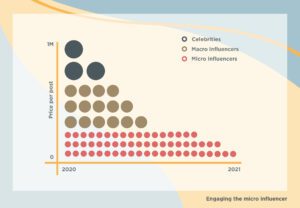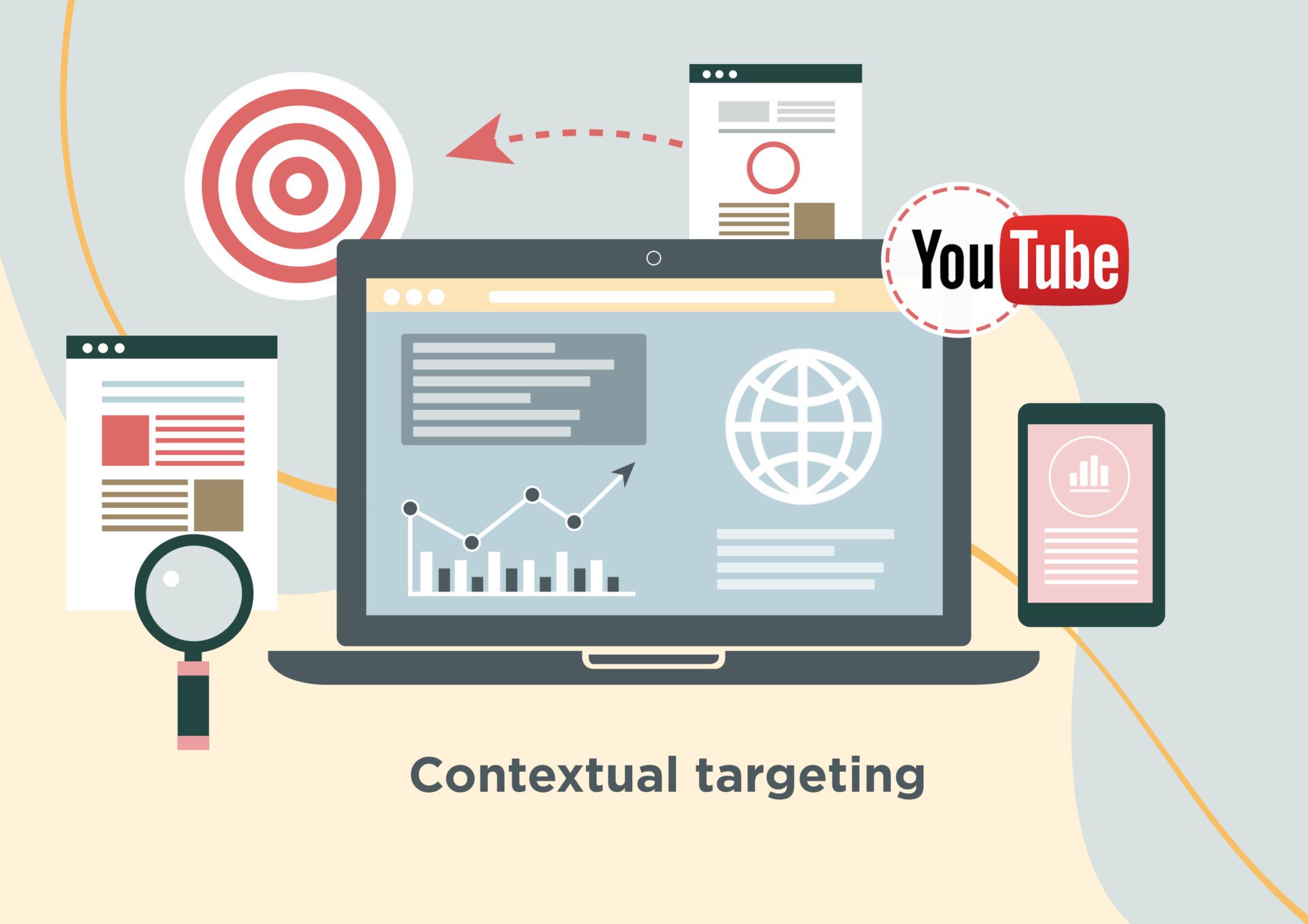Digital marketing, just like fashion, evolves and changes faster than light speed. YouTube influencer marketing is also not stagnant: creators are embracing their niches and micro-influencers are proving to have better audience engagement than macro-influencers do. What does this mean to brands? It means that, although macro-influencers’ reach and impact remain relevant, micro-influencers are the (gate)way to build a long-term relationship with fans. Therefore, those who want to get to the top of their niche on YouTube need to identify the ecosystems they want to be a part of and use the most powerful marketing tactics, like contextual targeting, to reach their goals.
Contextual Targeting Is Coming Back, Here’s Why
Third-party cookies and personalized targeting are gradually stepping aside as reimagined contextual targeting is taking over the podium of successful marketing.
At this point, marketing leaders are talking about getting rid of all the tech clutter that does not add any real value and “going back to good old-fashioned contextual targeting†to focus on the sites, channels, and environments their target audience tends to go to. Such an approach may give a better lift than brands get from various targeting parameters they buy from ad tech companies. Throwing random ads at users does not secure the desirable click rate simply because many people might be negative about seeing the product at the point when it is irrelevant to them and just stands in the way of exploring the main content they came to see. Contextual targeting, on the other hand, secures a smooth transition from the context to the ad: a person will see a groceries ad when reading a recipe, not when trying to buy a laundry basket, they will see a fashion brand ad instead of a refrigerator ad when watching a fashion YouTube channel.Â
What makes it hard for brands to get solid ROI on their marketing expenses is that ads, to put it bluntly, are just about promotion, they do not necessarily help build brand loyalty. Contextual targeting and working with niches, au contraire, can help companies become a part of the ecosystem their target audience belongs to. For brands to become a part of their chosen ecosystem, they have the option of not only working with macro- and micro-influencers, but also creating their own channel and gathering a group of homegrown influencers. What sets these influencers apart from the rest is the fact that they are always connected to a specific company, the one that scouted and trained them for YouTube success, looking to make them into perfect brand ambassadors. Â
Contextual Targeting on YouTube: How to Make the Most of It
Going algorithm-free means companies can play by their own rules and make it to the very core of their niche, but it’s also possible to add recent YouTube algorithms on top of that.
The brands that want to be in control of their niche can take matters into their own hands and use contextual targeting strategies the way they see fit by collecting an army of micro-influencers that represent their niche. According to Kali Ridley, a marketeer from Google, ‘micro-influencers will have a macro impact’ in 2021. Creators are gaining more power and influence because of content decentralization. This means that power is shifting from large companies to individual content creators and platforms like YouTube, where people can build a personal brand image and monetize their content.Â
This approach makes a solid business strategy for multiple reasons. First of all, working with micro-influencers means one doesn’t have to invest much in influencer marketing, at least not as much as they would when working with macro-influencers. To illustrate, here is a chart showing how much content a company can expect to get from different types of influencers, given that there is a specific budget in mind:

Furthermore, micro-influencers offer better engagement since they have a great impact on the platform, especially within the niche they represent. One can use that ‘army of small voices’ to start a wave in engagement, brand awareness, and views, which, in turn, increases sales and immediate turnover. With moderate but target-oriented investment, brands get the chance to establish their authority in the chosen community and start a brand channel in the very centre of that community. Here is how growth and engagement rates changed in the past year for macro-influencers and micro-influencers:

As for algorithms, the YouTube team has also recognized the power of advanced contextual targeting and integrated multiple tools to help brands reach their target audience in a more efficient way. Debbie Weinstein, Vice President at YouTube, says that these planning solutions they are offering make ‘a new way to show up in the right contexts for your brand’. Being able to identify the environments that truly matter for consumers is one of the keys to digital marketing success in 2021.
Among the automated solutions, YouTube offers as a part of their advanced contextual marketing campaign are what they call ‘dynamic lineups’. Powered by advanced contextual targeting, which is ‘the next generation of content targeting on YouTube’, they mean to spot the best content combination for a certain brand sentiment and corresponding audience. The technology makes use of Google’s machine learning to analyze and understand each channel on YouTube, including the content that gets posted there, the sounds, text, speech, and even visual imagery that represents them. Marketers can use Google Ads to choose lineups based on popularity, relevance, and topics that match their brand best of all. It is even possible to ensure local relevance by opting for country-specific content when building these dynamic lineups. Â
At AGE Media, we have numerous success stories that prove the power of niche communities and contextual targeting. For instance, we worked at the forefront of one of the most successful and recognizable communities on YouTube with the highest density of horse content creators worldwide, called the Dutch horse community, through the success of the YouTube channel PaardenpraatTV. Working with a niche community like this can guarantee a solid ROI to the brands that define horse lovers as their target audience. It is not the strategy every brand out there is aware of at this point, but that is the beauty of it. After all, the modern world of marketing is highly competitive and it calls for creative solutions, ones that stand the test of time and help you come back with your shield, not on it. Â




